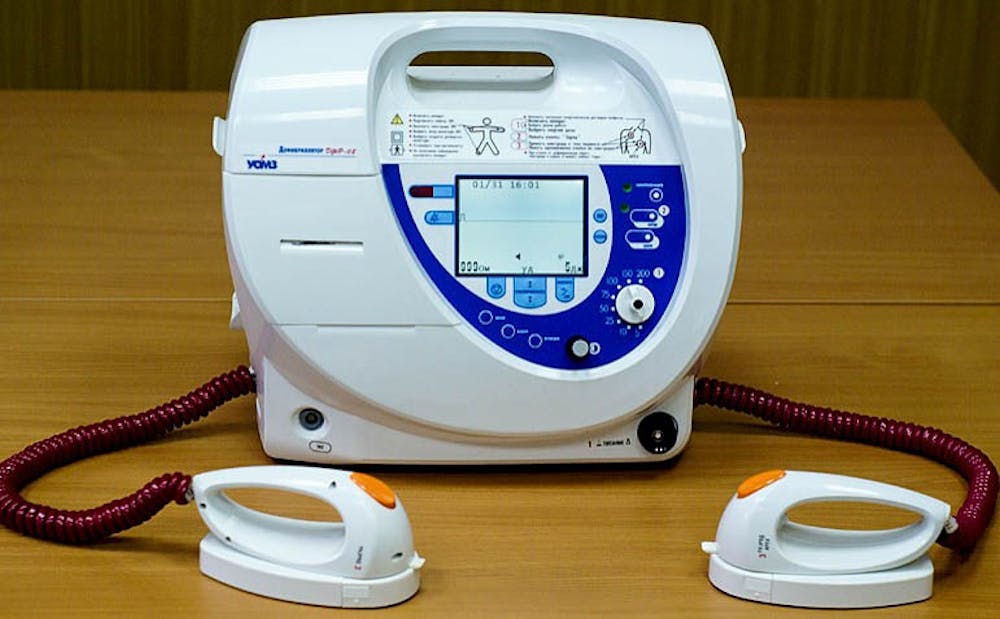Surviving an out-of-hospital cardiac arrest may be more than just an issue of physical condition.
Duke researchers found that neighborhood racial demographics play a surprising role in determining cardiac arrest survival rates. Although emergency medical services care was found to be good in predominantly black, urban communities, resuscitation care was delivered significantly less often by bystanders than in predominantly white neighborhoods. This trend cements itself in a lower likelihood of surviving a cardiac arrest in a predominantly black area than in a primarily white one.
“Adjusted survival rates are lower as you increase the amount of black people in an area, survival rates [among those who experience cardiac arrest] drops off,” said Monique Starks, assistant professor of medicine.
Starks and a team of researchers analyzed patients who had experienced out-of-hospital cardiac arrest (OCHA) in a study from 2008 to 2011 in seven cities across the country, including Seattle, Portland, Ore., Milwaukee, Birmingham, Ala., Dallas and Pittsburgh. Neighborhoods where OCHA occurred were categorized by percentage of black residents.
The likelihood of defibrillation delivered to those suffering from cardiac arrest was five times higher in communities with white racial makeup of more than 75 percent than in those with a greater than 75 percent black population, Starks noted.
While those in black communities were less likely on average to experience their arrests in public, even after examining a subgroup of those with OCHA in public, the difference in rates of bystander intervention were still significant, according to Starks.
This points to one of two possibilities, Starks noted. Either there are not enough automated external defibrillators located in majority-black neighborhoods or people don’t know where they are and how to use them.
“This argues for more local and national resources to be allocated to increase availability of AEDs and education regarding their usage,” Starks said.
Starks’ research—conducted alongside researchers at the University of Washington—also showed that while EMS processes and care are really efficient in black communities, some areas in particular were lacking.
“Once you looked at neighborhoods with a higher than 50 percent black population, it took EMS services longer to provide a first shock,” Starks said. “For whatever reason, it takes longer to get a return of pulse in these areas compared to communities that were less black.”
Does it matter whether the individual suffering from cardiac arrest is black or white within a predominantly black area? The team of researchers found no difference.
“If a black person [suffers from a cardiac arrest] in a predominantly white community, they have a similar survival to a white person coding in that same area. The same is true in black communities,” Starks said.
This last finding indicates that survival really comes down to bystander response and AED availability in public locations.
“We need to figure out how to infiltrate minority communities, whether that mean cultural programs or more cost-effective, community-based CPR training programs,” she said.
A digital intervention could be an effective intervention. Using technology to get community members to the site of cardiac arrest, while simultaneously geolocating AEDs is one type of novel effort that Starks expressed support for.
“Another interesting intervention we are exploring is drone-based treatment, where drones would be flown to sites of cardiac arrest, for when it’s not possible to find AEDs or when they aren’t readily available,” she said.
Get The Chronicle straight to your inbox
Sign up for our weekly newsletter. Cancel at any time.

